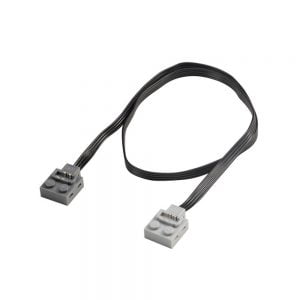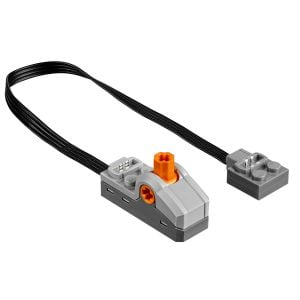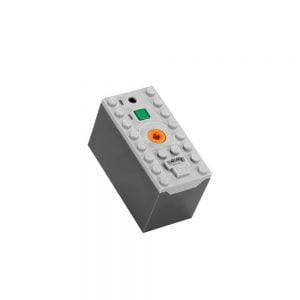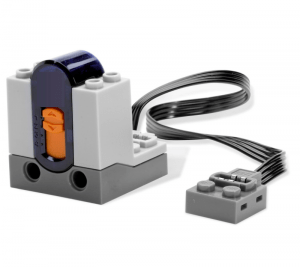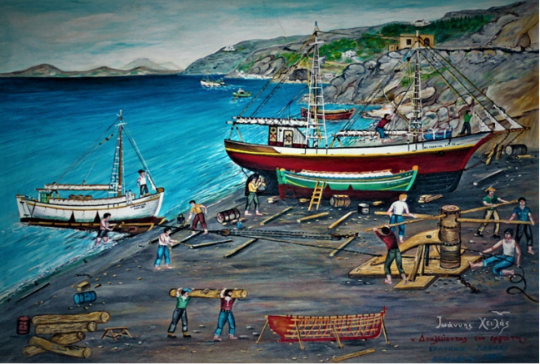
For primary school children, the Panhellenic Educational Robotics Competition 2024 features three categories:
There are now two age groups in the open elementary category:
- Primary 1st grades (A’-D’) “Simple machines unite the Mediterranean Sea
- Primary grades three through six “
- “Football 2×2” is a parallel category for students in the third and fourth grades.
Elementary is designed to help students develop their ability to actively participate in groups by taking on specific roles, become familiar with the problem-solving process, and explore hands-on engineering and algorithmic thinking concepts related to building and programming robotic structures using MIT’s free Scratch software. The competition therefore familiarises pupils with the core chapter of “simple machines,” complementing the educational objectives of the curriculum.
(Open Category)”Simple machines unite the Mediterranean Sea“| 1st- 4th grade
Since ancient times, the Mediterranean Sea has been the cradle of civilization. Prehistoric peoples, traders, and seamen started exploring the sea, establishing colonies, and telling stories about other peoples. Mythical heroes like Odysseus travelled the Mediterranean, telling stories that are still told today. But, throughout history, great ports like Piraeus, Thessaloniki, Syracuse, Marseille, Alexandria, and Larnaca thrived, with sailors coming and going, carrying products from all over the world. The ships’ origins became increasingly distant; they grew in size, and they eventually made it across the Straits of Gibraltar and out into the ocean, where they discovered new worlds.
When the Suez Canal was not opened, even more ships crossed its waters to reach distant countries. With them were often immigrant young men and women who hoped to build a better life somewhere else.
The interaction between the cities, however, was not always amicable. He was familiar with conflicts, historical maritime engagements, and notable shipwrecks that shaped the region’s geostrategic development. Her story spans the construction of the lever to protect Syracuse from the knights of Malta and Rhodes during the Crusades, the Venetian invasion of Constantinople, the nineteenth-century warfare between empires, and the Second World War.
The geophysical map of the Mediterranean is very interesting, as it contains numerous significant seismic faults. Its habitats are also fascinating. The Mediterranean basin is the world’s third-richest plant biodiversity system (25,000 species) and one of the most important locations on Earth for indigenous plants. The Mediterranean Sea, despite being a minor part of the world’s seas, is home to an extraordinarily rich and diverse group of creatures. With 28% of endemic species, 7.5% of the world’s marine fauna, and 18% of its marine flora, it is one of the most important reserves of marine and coastal biodiversity. Endangered species make up roughly one-third of the Mediterranean biodiversity.
But don’t overlook manmade interference, which can be significant. Because of overexploitation, tourism, and pollution. As a result, the European Union has classified many places as Natura 2000 protected areas.
Create your own sustainable project using simple machinery at a time when climate change is becoming evident, with forest fires ravaging the Mediterranean every summer, tourism on the rise, and local fauna and flora in need of protection.
Don’t forget that we have 17 aims to alter the world by 2030!
Themes are the goal.
Your group must work on a project that includes at least three mechanisms that employ simple machines and an electric motor coupled to the battery case mentioned in the equipment materials.
Students’ ideas should give answers beyond the logic of “smart cities” because this category does not entail the use of automation. Goal 11 of the 17 Sustainable Development Goals for green and sustainable cities established by UNESCO. More specifically, for the construction of a sustainable city, the social, economic, and environmental repercussions, the living conditions of the residents, and their symbiotic relationship with the local flora and fauna are considered. Finally, future generations should not be denied the opportunity to continue our work.
You can examine and portray city infrastructure such as buildings, utility networks (electricity, water, telecommunications, and sewage), security, public transport, bike and pedestrian networks, wellness, and recreation places. The school, libraries, and local museums all provide quality education (UNESCO aim 4).
Your methods should be applications that tackle an existing problem in one or more of the UNESCO goals for sustainable development (3, 4, 6, 7, 9, 12, and 13), preferably in urban areas.
Goal 17 for all of us (state and people) to work together is critical for the youngsters to understand and see in the solution they suggest.

The official supplier of equipment for the Panhellenic Educational Robotics Competition is knowledge research.
Free webinars for coaches in the context of the Panhellenic STEM & Educational Robotics Competition 2024
Open Elementary Class “Simple machines unite the Mediterranean Sea”| 1st – 4th grade
Soon…
Registration Form
(**The number of entries equals the number of groups in which you intend to participate. Please find the parental consent form below and attach it to your completed form, one for each kid. You will also have the paperwork printed out and ready to present to those in control on the day of the event.)










